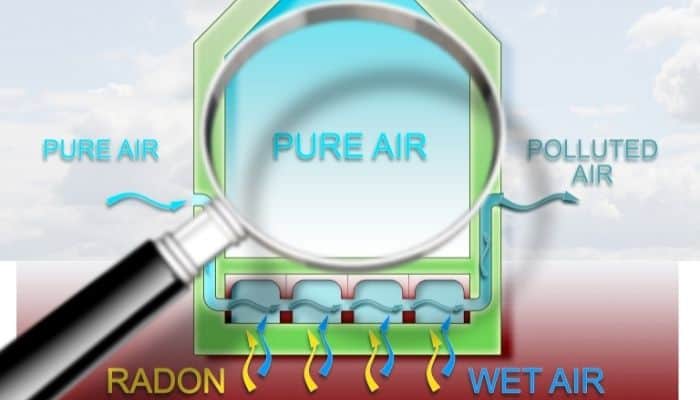Indoor air pollution in your house can endanger your and your family’s health. By understanding the potentially hazardous emissions, you can plan for and mitigate the danger to your well-being. Read on to uncover the dangerous gases that can lurk inside your home.
Carbon Monoxide Can Be Deadly
Many people are familiar with the threat that carbon monoxide (CO) presents. CO is particularly dangerous since it has no odor, color, or taste. Gas appliances, fireplaces, furnaces, and heaters are the most frequent producers of CO in your house.
Breathing any volume of carbon monoxide is unsafe, but when you inhale too much, you risk succumbing to carbon monoxide poisoning. Make sure you install and maintain carbon monoxide detectors around your home to alert you when there’s a leak. When your alarms go off, you need to immediately open doors and windows, turn off all gas appliances, and leave your home until the proper services take care of the problem.
Radon Seeping Into Your Home
Radon is an invisible and radioactive gas that results from the natural decay of uranium, which is present in almost all soils. It usually arises from the earth to the airspace overhead, then enters your home through cracks and other gaps in your foundation. The radon gas gets trapped inside your house, where it can accumulate and cause health problems such as lung cancer.
Before you buy a property, especially an older one, get it professionally tested for radon. You can also obtain home tests that you should use every two years. If you do detect radon, you’ll need to make sure you seal and caulk any foundation cracks. If the levels are dangerously high, evacuate your home until it’s safe to enter.
Beware of Introducing VOCs Into the Air
Volatile organic compounds (VOCs) have a high vapor pressure but a low water solubility. You can find them in many products and building materials in your home, including varnishes, caulks, medications, refrigerants, and paints. You can also find them in household and personal care items such as cleaners, disinfectants, air fresheners, cosmetics, candles, and furnishings.
When you breathe this gas in, it can irritate your eyes, nose, and throat and cause considerable damage to your internal organs. You should limit your exposure to these chemicals as much as possible. Look for products that display the words “Low VOCs” on the packaging. Whenever you do use these products, always keep the area around you well ventilated.
The more you know about the dangerous gases that can lurk inside your home, the more you can eliminate the risks associated with them. That way, you can ensure that you live in a healthy and safe environment.






